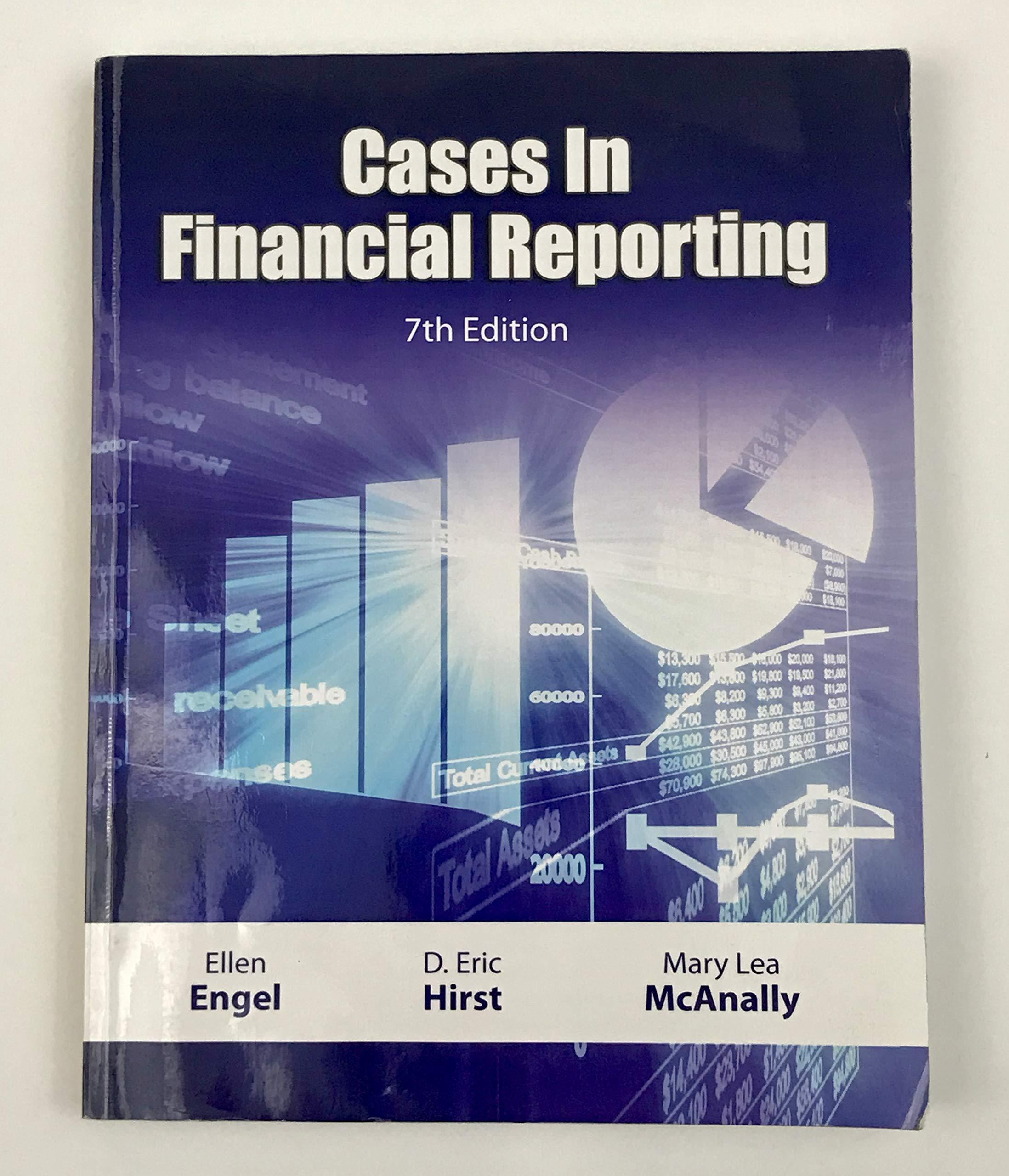Question
Part 1 Company Qs current return on equity (ROE) is 13%. The firm pays out 45 percent of its earnings as cash dividends. (payout ratio
Part 1
Company Qs current return on equity (ROE) is 13%. The firm pays out 45 percent of its earnings as cash dividends. (payout ratio = .45). Current book value per share is $53. Book value per share will grow as Q reinvests earnings.
Assume that the ROE and payout ratio stay constant for the next four years. After that, competition forces ROE down to 11.0% and the payout ratio increases to .70. The cost of capital is 11.0%.
a. What are Qs EPS and dividends in years 1, 2, 3, 4, and 5? (Do not round intermediate calculations. Round your answers to 2 decimal places.)
| Year | EPS | Dividends |
| 1 | $ | $ |
| 2 | $ | $ |
| 3 | $ | $ |
| 4 | $ | $ |
| 5 | $ | $ |
b. What is Qs stock worth per share? (Do not round intermediate calculations. Round your answer to 2 decimal places.)
Stock worth per share $
Part 2
Permian Partners (PP) produces from aging oil fields in west Texas. Production is 1.92 million barrels per year in 2016, but production is declining at 9% per year for the foreseeable future. Costs of production, transportation, and administration add up to $26.20 per barrel. The average oil price was $66.20 per barrel in 2016.
PP has 8.2 million shares outstanding. The cost of capital is 11%. All of PPs net income is distributed as dividends. For simplicity, assume that the company will stay in business forever and that costs per barrel are constant at $26.20. Also, ignore taxes.
a. Assume that oil prices are expected to fall to $61.20 per barrel in 2017, $56.20 per barrel in 2018, and $51.20 per barrel in 2019. After 2019, assume a long-term trend of oil-price increases at 7% per year. What is the ending 2016 value of one PP share? (Do not round intermediate calculations. Round your answer to 2 decimal places.)
Share value2016 $
b-1. What is PPs EPS/P ratio? (Do not round intermediate calculations. Round your answer to 3 decimal places.)
EPS/P ratio
b-2. Is it equal to the 11% cost of capital?
| Yes | |
| No |
Part 3
Portfolio managers are frequently paid a proportion of the funds under management. Suppose you manage a $109 million equity portfolio offering a dividend yield (DIV1/ P0) of 5.9%. Dividends and portfolio value are expected to grow at a constant rate. Your annual fee for managing this portfolio is .59% of portfolio value and is calculated at the end of each year.
a. Assuming that you will continue to manage the portfolio from now to eternity, what is the present value of the management contract? (Do not round intermediate calculations. Enter your answer in millions rounded to 2 decimal places.)
Present value $ milllion
b. What would the contract value be if you invested in stocks with a 4.9% yield? (Do not round intermediate calculations. Enter your answer in millions rounded to 2 decimal places.)
Contract value $ milllion
Step by Step Solution
There are 3 Steps involved in it
Step: 1

Get Instant Access to Expert-Tailored Solutions
See step-by-step solutions with expert insights and AI powered tools for academic success
Step: 2

Step: 3

Ace Your Homework with AI
Get the answers you need in no time with our AI-driven, step-by-step assistance
Get Started


